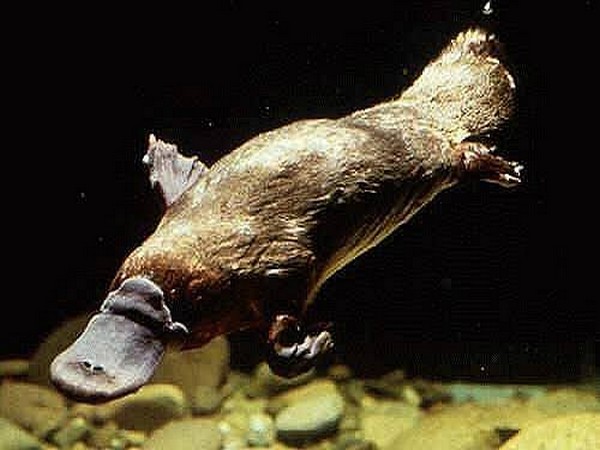Droughts may push Platypuses to extinction: Study
The Platypus, a unique and enigmatic mammal endemic to Australia, is now facing the threat of extinction due to the devastating droughts that have struck the continent.

- Country:
- Australia
The Platypus, a unique and enigmatic mammal endemic to Australia, is now facing the threat of extinction due to the devastating droughts that have struck the continent. Platypuses were once considered widespread across the eastern Australian mainland and Tasmania, although not a lot is known about their distribution or abundance because of the species' secretive and nocturnal nature.
A new study led by UNSW Sydney's Centre for Ecosystem Science has for the first time examined the risks of extinction for this intriguing animal. Published in the journal Biological Conservation, the study examined the potentially devastating combination of threats to platypus populations, including water resource development, land clearing, climate change and increasingly severe periods of drought.
Lead author Dr Gilad Bino, a researcher at the UNSW Centre for Ecosystem Science, said that immediate action is required to prevent the platypus from disappearing from its natural habitat. "There is an urgent need for a national risk assessment for the platypus to assess its conservation status, evaluate risks and impacts, and prioritise management in order to minimise any risk of extinction," Dr Bino said.
Alarmingly, the study estimated that under current climate conditions and due to land clearing and fragmentation by dams, platypus numbers have almost halved. This has led to the extinction of local populations across about 40 per cent of the species' range, reflecting ongoing declines since European colonisation. Under predicted climate change, the losses forecast were far greater because of increases in extreme drought frequencies and duration, such as the current dry spell.
Dr Bino added: "These dangers further expose the platypus to even worse local extinctions with no capacity to repopulate areas." Documented declines and local extinctions of the platypus show a species facing considerable risks, while the International Union for Conservation of Nature (IUCN) recently downgraded the platypus' conservation status to "Near Threatened".
But the platypus remains unlisted in most jurisdictions in Australia - except South Australia, where it is endangered. Director of the UNSW Centre for Ecosystem Science and study co-author Professor Richard Kingsford said it was unfortunate that platypuses lived in areas undergoing extensive human development that threatened their lives and long-term viability.
"These include dams that stop their movements, agriculture which can destroy their burrows, fishing gear and yabby traps which can drown them and invasive foxes which can kill them," Prof Kingsford said. Study co-author Professor Brendan Wintle at The University of Melbourne said it was important that preventative measures were taken now.
"Even for a presumed 'safe' species such as the platypus, mitigating or even stopping threats, such as new dams, is likely to be more effective than waiting for the risk of extinction to increase and possible failure," said Professor Brendan Wintle, the co-author from The University of Melbourne. Dr Bino said the paper added to the increasing body of evidence which showed that the platypuses, like many other native Australian species, are on the path to extinction.
Dr Bino further urged that "there is an urgent need to implement national conservation efforts for this unique mammal and other species by increasing monitoring, tracking trends, mitigating threats, and protecting and improving the management of freshwater habitats." (ANI)
(This story has not been edited by Devdiscourse staff and is auto-generated from a syndicated feed.)










